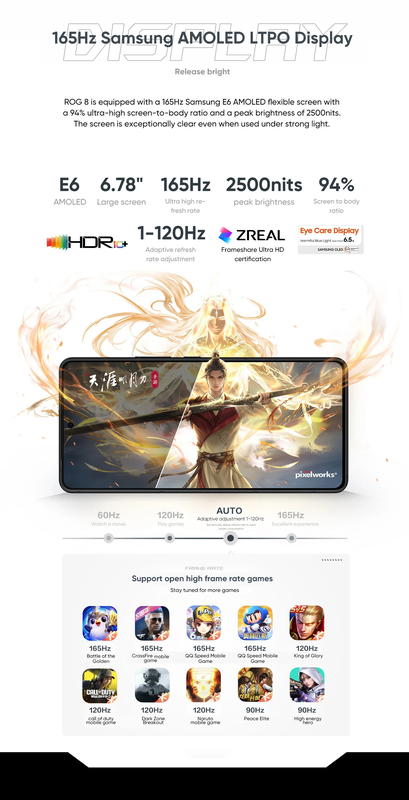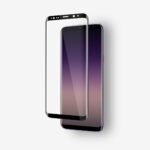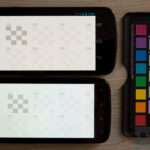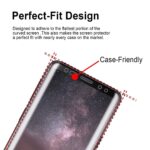A Showdown of Durability and Display: Amoled Screen vs Gorilla Glass
When it comes to smartphones, two crucial components that can make or break the overall user experience are the display and screen protection. Two technologies that have gained significant attention in recent years are AMOLED (Active Matrix Organic Light-Emitting Diode) screens and Gorilla Glass. But how do these two technologies fare when pitted against each other? In this review, we’ll delve into the world of durability and display to find out which one reigns supreme.
Overview
The battle for supremacy between AMOLED screens and Gorilla Glass has been a longstanding one. Both technologies have their strengths and weaknesses, making them ideal for different types of users. For instance, those who prioritize crisp visuals and vibrant colors might swear by AMOLED screens, while individuals seeking robust screen protection and scratch resistance would opt for Gorilla Glass.
- Durability: How well do these technologies withstand the rigors of daily use?
- Display Quality: Which technology offers better visuals, color accuracy, and brightness?
- Scratch Resistance: Can either technology withstand accidental scratches or drops?
In this comprehensive review, we’ll explore these key aspects to determine which technology comes out on top. Whether you’re a tech enthusiast or simply seeking a reliable smartphone, understanding the differences between AMOLED screens and Gorilla Glass is crucial in making an informed decision.

A Showdown of Durability and Display: Amoled Screen vs Gorilla Glass
When it comes to smartphones, two crucial components that can make or break the overall user experience are the display and screen protection. Two technologies that have gained significant attention in recent years are AMOLED (Active Matrix Organic Light-Emitting Diode) screens and Gorilla Glass. But how do these two technologies fare when pitted against each other? In this review, we’ll delve into the world of durability and display to find out which one reigns supreme.
Overview
The battle for supremacy between AMOLED screens and Gorilla Glass has been a longstanding one. Both technologies have their strengths and weaknesses, making them ideal for different types of users. For instance, those who prioritize crisp visuals and vibrant colors might swear by AMOLED screens, while individuals seeking robust screen protection and scratch resistance would opt for Gorilla Glass.
- Durability: How well do these technologies withstand the rigors of daily use?
- Display Quality: Which technology offers better visuals, color accuracy, and brightness?
- Scratch Resistance: Can either technology withstand accidental scratches or drops?
In this comprehensive review, we’ll explore these key aspects to determine which technology comes out on top. Whether you’re a tech enthusiast or simply seeking a reliable smartphone, understanding the differences between AMOLED screens and Gorilla Glass is crucial in making an informed decision.
AMOLED Screen
When it comes to display quality, AMOLED screens excel. With their ability to produce true blacks and vibrant colors, these screens offer a more immersive viewing experience. Additionally, AMOLED technology allows for faster refresh rates, making animations and transitions smoother.
Gorilla Glass
Gorilla Glass, on the other hand, prioritizes durability and scratch resistance. Its unique composition allows it to withstand accidental scratches and drops, making it an excellent choice for those who lead active lifestyles.
Comparison
In terms of display quality, AMOLED screens are hard to beat. However, when it comes to durability and scratch resistance, Gorilla Glass reigns supreme. Ultimately, the choice between these two technologies depends on your priorities as a user.
A Showdown of Durability and Display: AMOLED Screen vs Gorilla Glass
When it comes to smartphones, two crucial components that can make or break the overall user experience are the display and screen protection. Two technologies that have gained significant attention in recent years are AMOLED (Active Matrix Organic Light-Emitting Diode) screens and Gorilla Glass. But how do these two technologies fare when pitted against each other? In this review, we’ll delve into the world of durability and display to find out which one reigns supreme.
Overview
The battle for supremacy between AMOLED screens and Gorilla Glass has been a longstanding one. Both technologies have their strengths and weaknesses, making them ideal for different types of users. For instance, those who prioritize crisp visuals and vibrant colors might swear by AMOLED screens, while individuals seeking robust screen protection and scratch resistance would opt for Gorilla Glass.
- Durability: How well do these technologies withstand the rigors of daily use?
- Display Quality: Which technology offers better visuals, color accuracy, and brightness?
- Scratch Resistance: Can either technology withstand accidental scratches or drops?
In this comprehensive review, we’ll explore these key aspects to determine which technology comes out on top. Whether you’re a tech enthusiast or simply seeking a reliable smartphone, understanding the differences between AMOLED screens and Gorilla Glass is crucial in making an informed decision.
AMOLED Screen
When it comes to display quality, AMOLED screens excel. With their ability to produce true blacks and vibrant colors, these screens offer a more immersive viewing experience. Additionally, AMOLED technology allows for faster refresh rates, making animations and transitions smoother.
Gorilla Glass
Gorilla Glass, on the other hand, prioritizes durability and scratch resistance. Its unique composition allows it to withstand accidental scratches and drops, making it an excellent choice for those who lead active lifestyles.
Comparison
In terms of display quality, AMOLED screens are hard to beat. However, when it comes to durability and scratch resistance, Gorilla Glass reigns supreme. Ultimately, the choice between these two technologies depends on your priorities as a user.
If you’re looking for more great deals on AMOLED screens and Gorilla Glass technology, be sure to check out our curated selection of products below!

waveshare 5.5inch Capacitive Touch AMOLED Display Compatible with Raspberry Pi 4B/3B+/3A+/2B/B+/A+/Zero/Zero W/WH/Zero 2W CM3+/4 1080×1920 Resolution HDMI Supports Jetson Nano/Windows
Check Price
Hosyond 5 Pcs 0.91 Inch I2C OLED Display Module IIC OLED Screen DC 3.3V~5V Compatible with Arduino Raspberry PI (White Display Color)
Check PriceBest gaming laptops for under $1500: If you’re in the market for a new gaming laptop, but don’t want to break the bank, this article is a must-read! Discover the top gaming laptops that offer impressive performance and stunning visuals at an affordable price point.
Do LED TVs get burn in?: Are you considering upgrading to a sleek new LED TV, but worried about the possibility of burn-in? This article sets the record straight and provides valuable tips on how to minimize the risk of image retention on your new TV.







